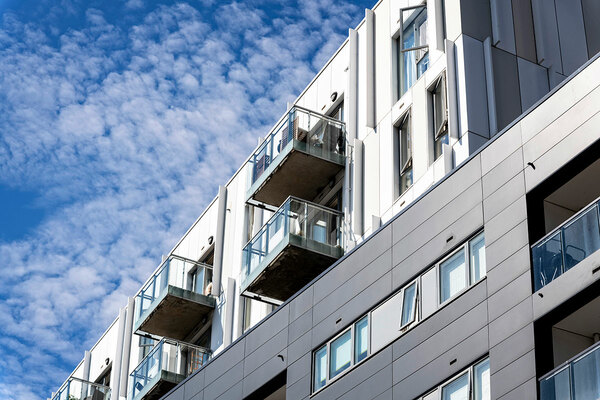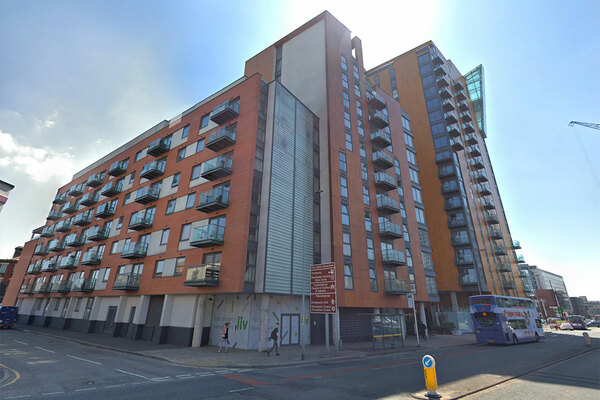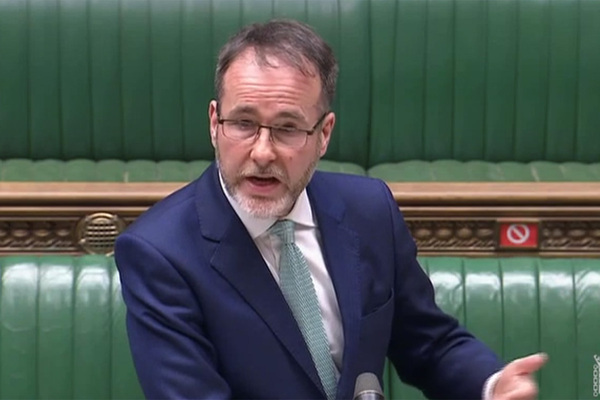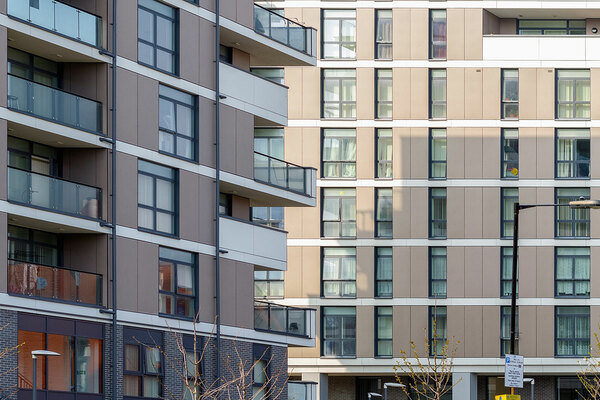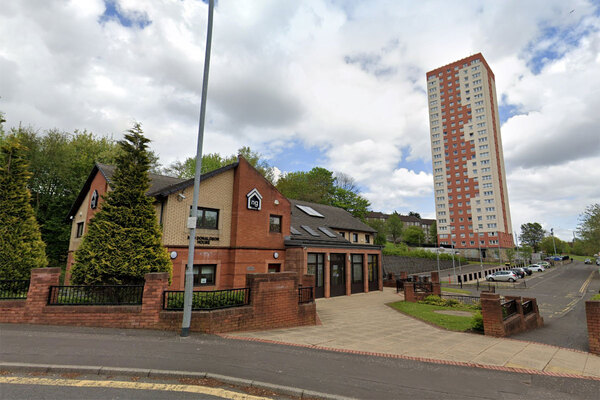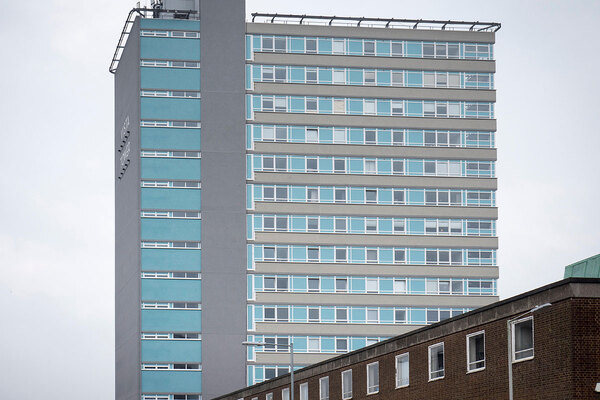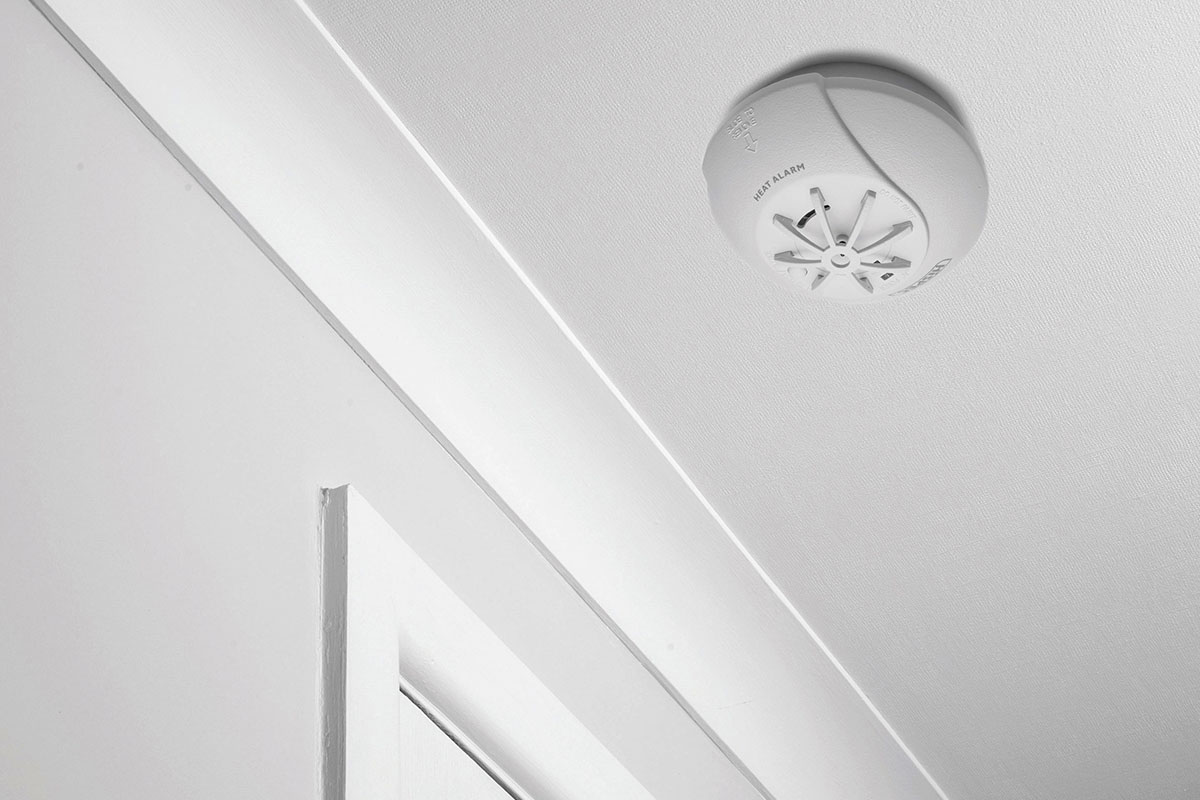You are viewing 1 of your 1 free articles
Government pilot for collecting cladding data on medium-rise buildings launched
The government has started a “pilot” data collection project to assess the cladding types of close to 85,000 medium-rise buildings around England.
Housing minister Chris Pincher confirmed that the programme had begun in response to a written parliamentary question on Friday.
Home Office figures estimate that there are 84,000 blocks of residential flats between 11m and 18m tall, as well as more than 2,000 care homes, hospitals, schools and hotels. This compares to an estimated 9,600 residential flats taller than 18m – on which the Building Safety Programme has previously focused.
Government guidance calls for the removal of combustible materials from all buildings in this height range, but little is known about the scale of their use below 18m.
Official government guidance imposed much lighter restrictions on buildings in this height category before Grenfell, raising fears of extremely widespread use of combustible materials.
Serious fires since Grenfell in Barking, Bolton and Worcester Park all occurred in buildings between 11m and 18m tall and with serious fire safety defects.
In a response to a written question from shadow housing minister Mike Amesbury, Mr Pincher said: “We have started a pilot data collection project for 11 to 18 metres buildings to produce a prevalence estimate and to inform the design of a wider national 11 to 18 metres data collection exercise.
“This work will provide information on how local authorities, other building owners and external partners can work together to collect this data, and the resource implications for this. Development of this work, its scope and coverage is currently in design. Further details on this work will be provided in due course.”
The government ordered local authorities to gather data on buildings taller than 18m in July 2019. But, as Inside Housing has previously reported, this process faltered, as councils lack the resources or legal powers to carry it out properly.
No formal dataset resulting from this work has ever been published, but the government used it as the basis for its estimate that 1,700 buildings had dangerous non-aluminium composite material cladding.
In the event, 2,784 buildings registered for funding to remove cladding of this type. Hundreds more in the social housing sector are still to be added.
Leaseholders are currently facing life-changing bills to pay for remediation in buildings below 18m, and the government has ruled almost all of them out of its remediation funding despite demanding that they be fixed.
10 steps to End Our Cladding Scandal
Based on the recommendations of the Housing, Communities and Local Government Select Committee and backed by a range of sector bodies and MPs from across the political spectrum, these are Inside Housing’s 10 steps to End Our Cladding Scandal:
- The government must lead an urgent national effort to remove all dangerous cladding from buildings by June 2022.
- The Building Safety Fund must cover all buildings, regardless of height, and a range of internal and external fire safety defects, not just cladding.
- The government should provide the money up front and then seek to recover it from any responsible parties or via a temporary levy on development.
- Social housing providers must have full and equal access to the fund.
- The government must compel building owners or managers to be honest with residents about fire safety defects.
- The government should cover the cost of interim safety measures.
- The government should act as an insurer of last resort and underwrite insurance where premiums have soared.
- A fairer, faster process is needed to replace the EWS form and funding is necessary to ensure all buildings requiring a form are surveyed within 12 months.
- Mental health support must be offered to affected residents.
- Protecting residents from historic and future costs must be a key commitment of new building safety legislation.
